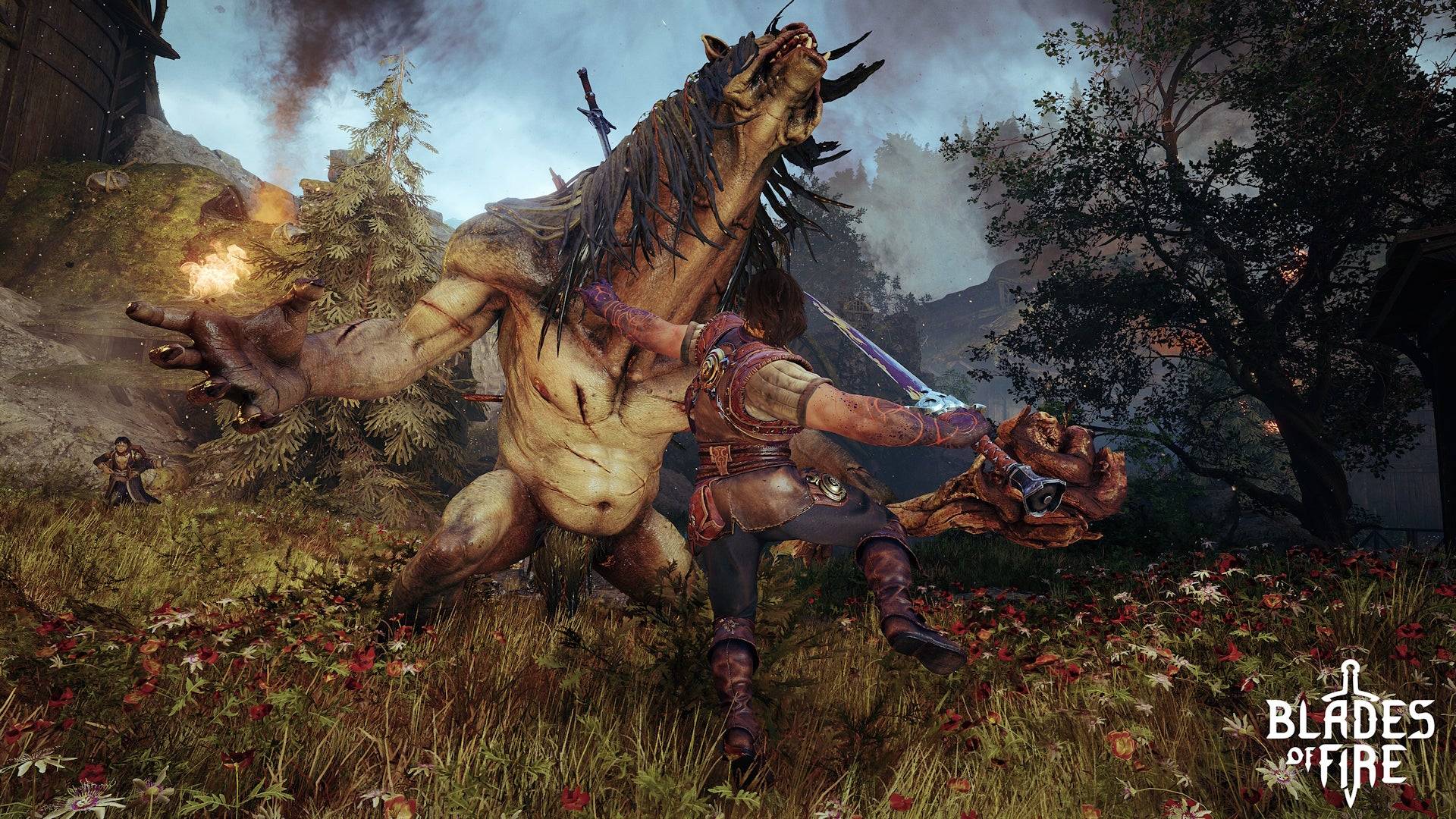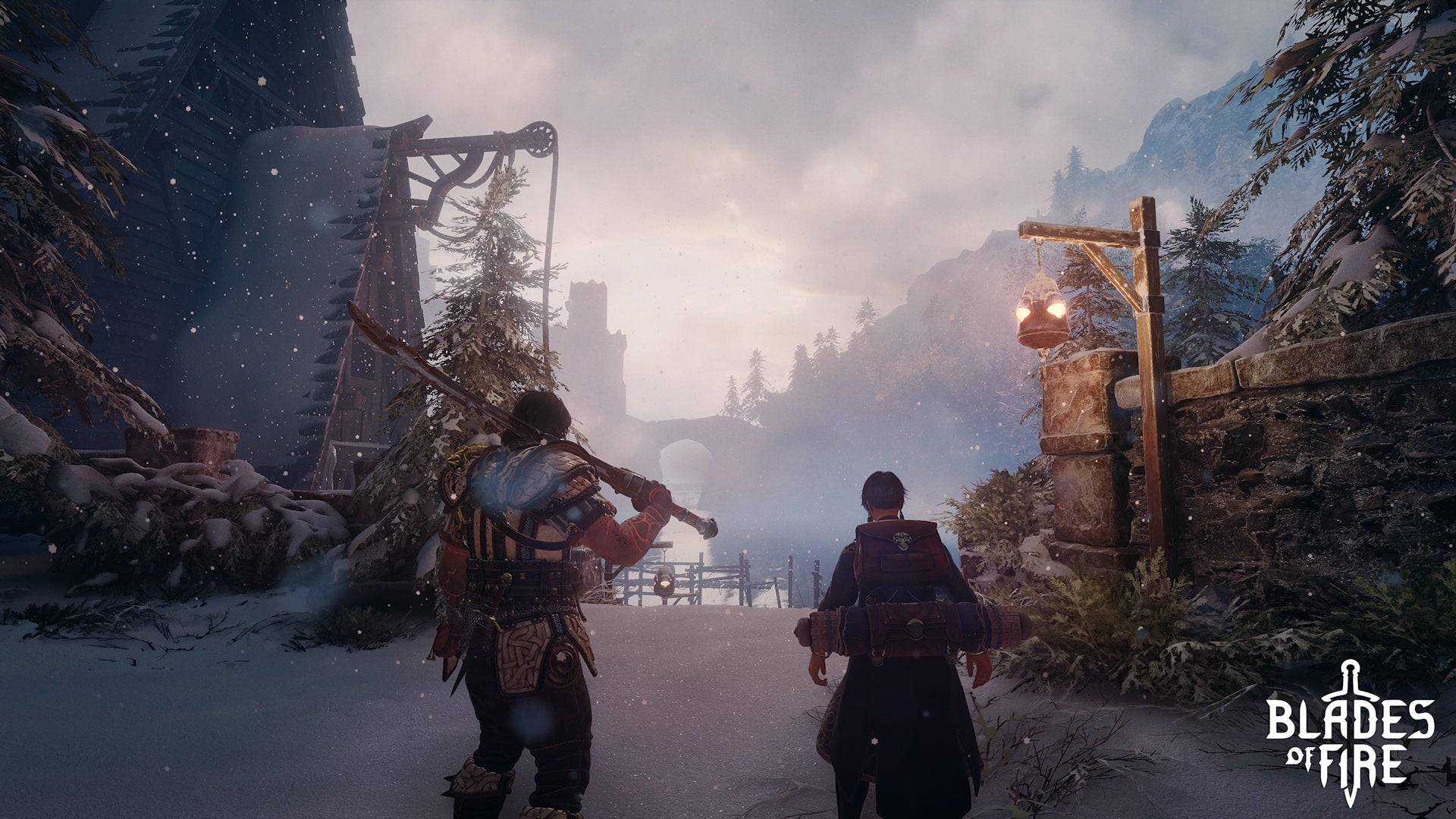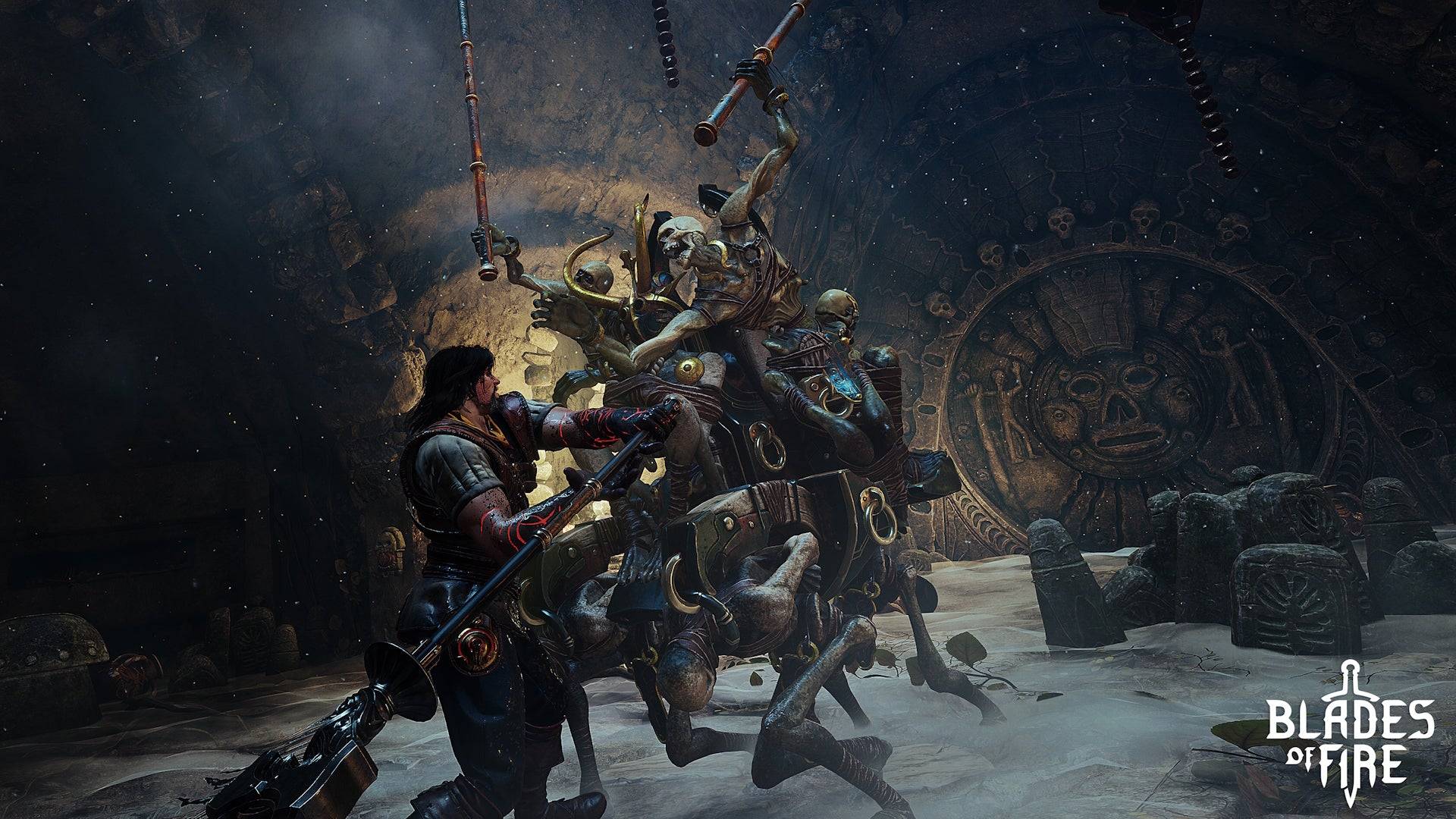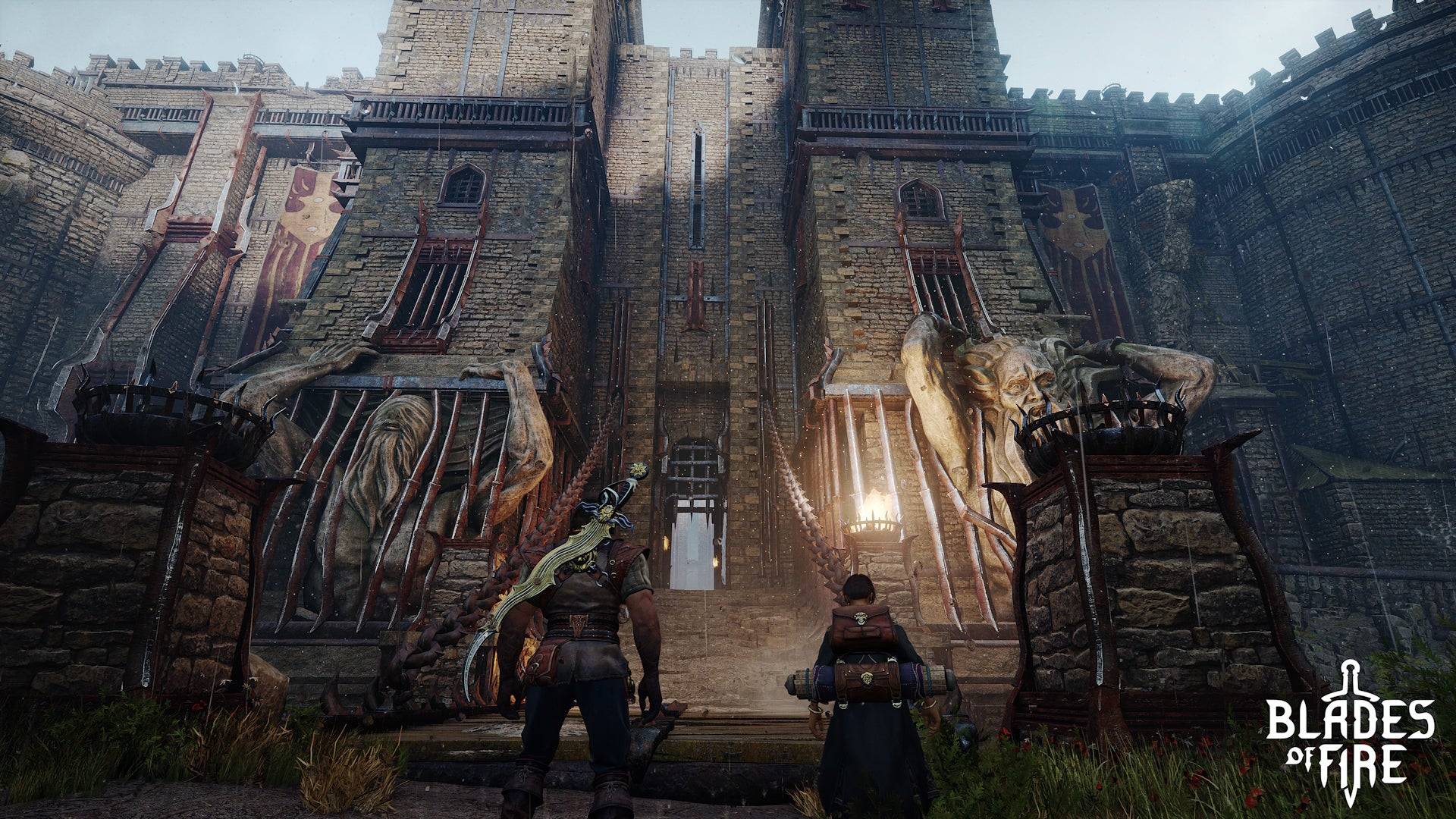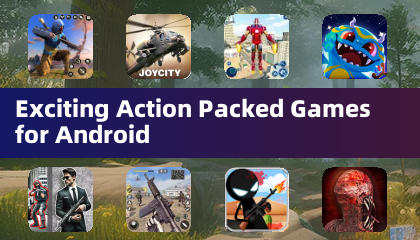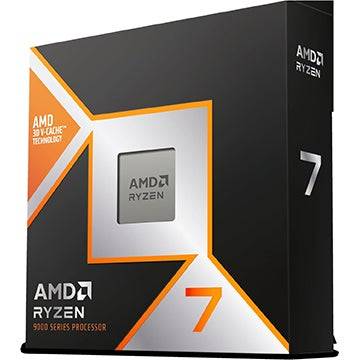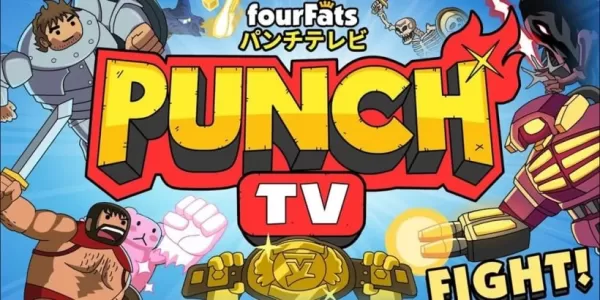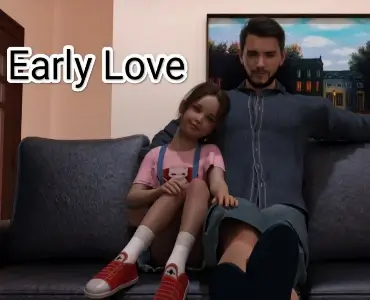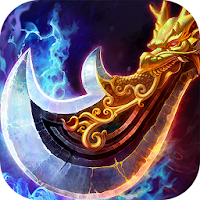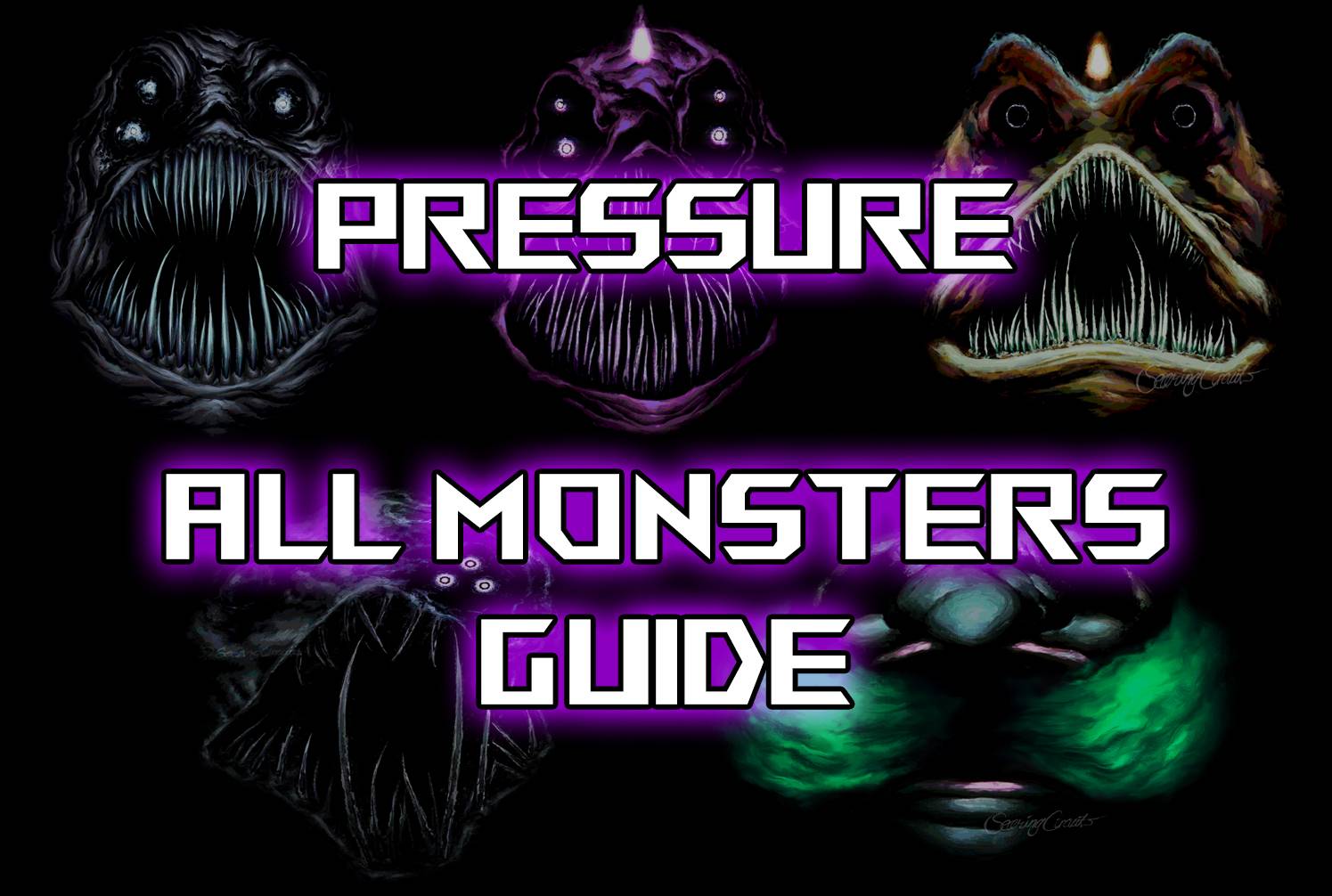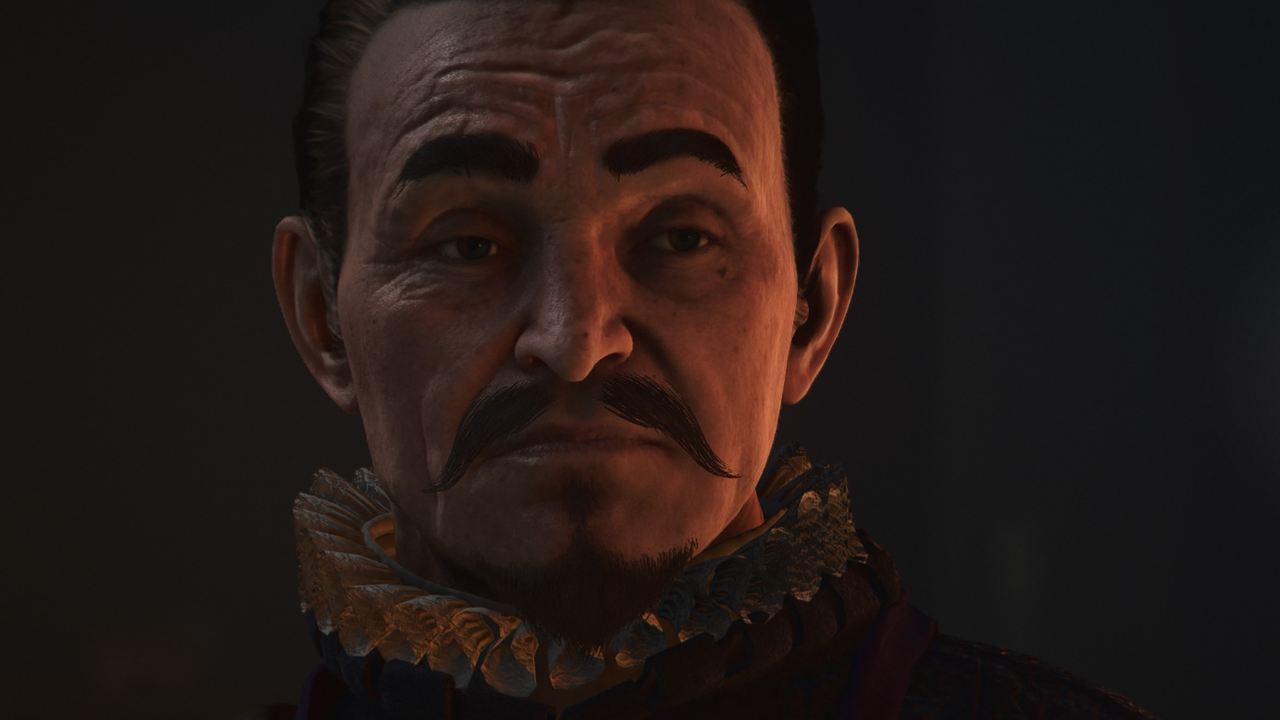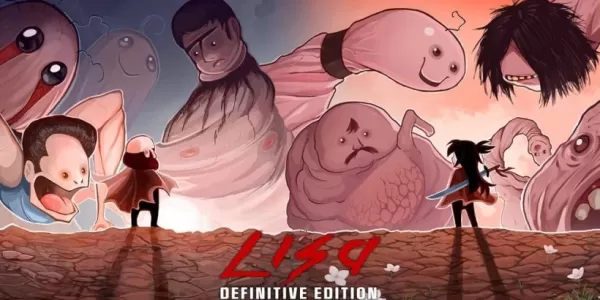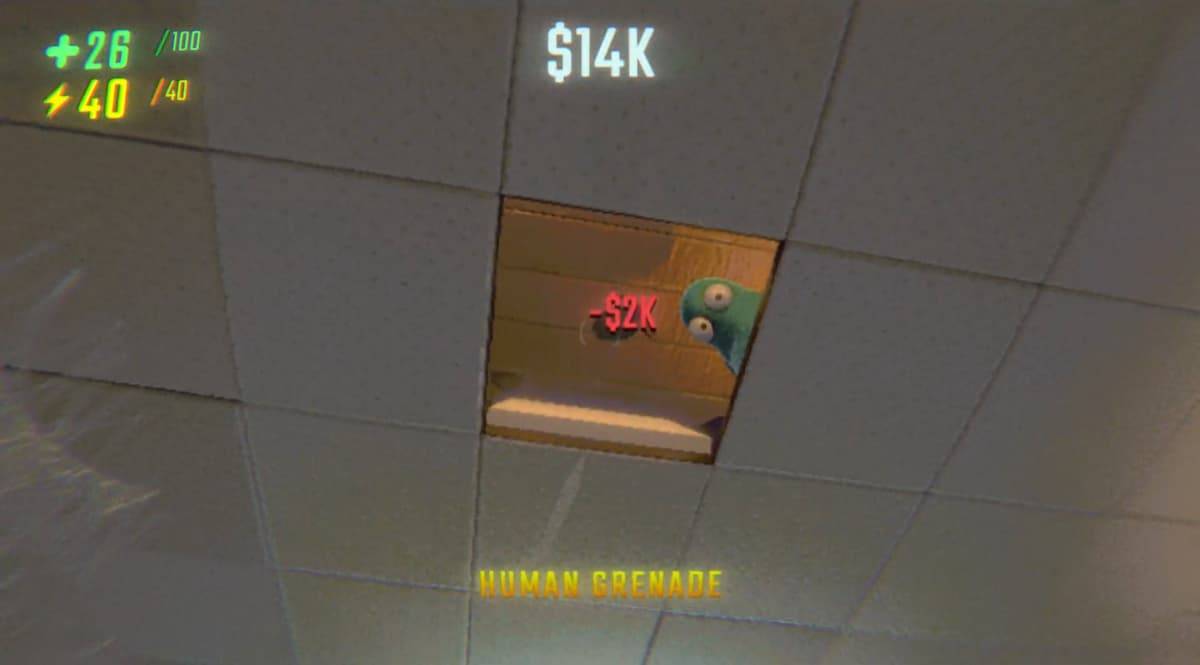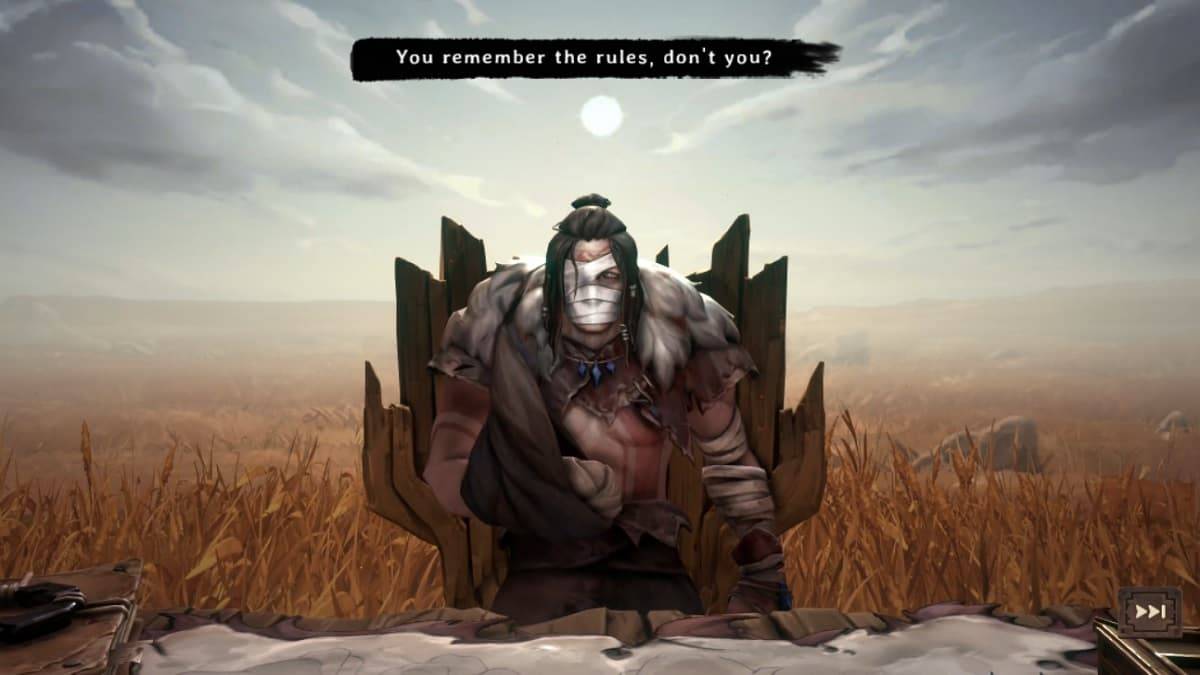When I sat down to play developer MercurySteam's latest project, Blades of Fire, I initially expected a return to the studio's Castlevania: Lords of Shadow roots, enhanced with modern elements reminiscent of God of War. However, after an hour of gameplay, I found myself immersed in a game that felt more like a Soulslike, albeit with a unique twist where all the stats were focused on weapons rather than a traditional RPG character sheet. By the end of my three-hour hands-on session, I realized that Blades of Fire is a unique blend of familiar elements and innovative ideas, resulting in a fresh and engaging approach to the action-adventure genre.
While it shares many visual and gameplay similarities with Sony Santa Monica's God of War, particularly in its dark fantasy setting, heavy-hitting combat, and close third-person camera perspective, Blades of Fire is not merely a clone. The demo's opening hours had me exploring a complex, treasure-laden map alongside a young companion who aided in puzzle-solving. Together, we sought a woman of the wilds living in a house atop a giant creature. The game's familiarity with FromSoftware's titles is evident through its anvil-shaped checkpoints, which not only replenish health potions but also respawn enemies upon rest.
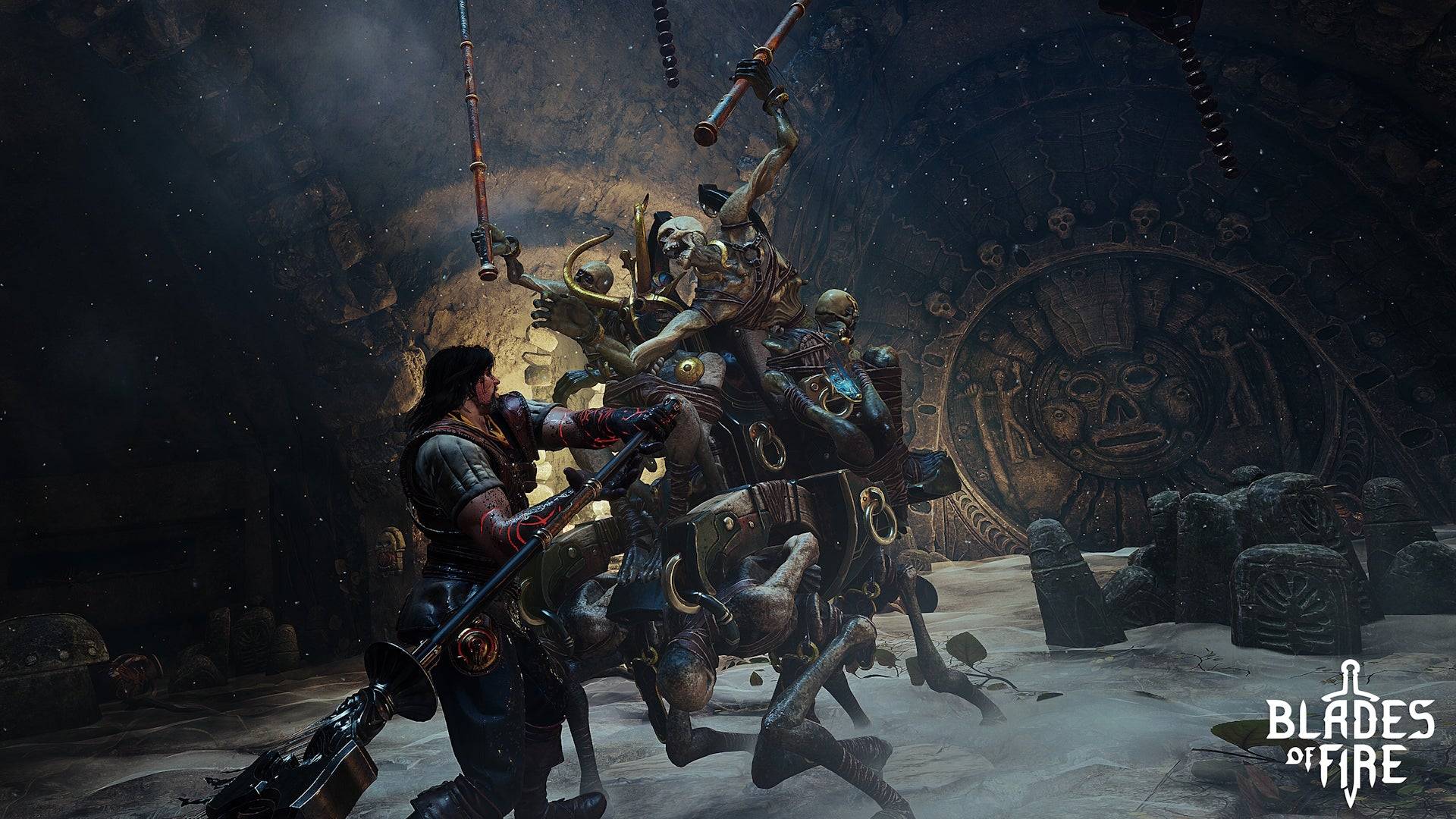 Blades of Fire features some deeply strange enemies that feel like dark cousins of Labyrinth's puppets. | Image credit: MercurySteam / 505 Games
Blades of Fire features some deeply strange enemies that feel like dark cousins of Labyrinth's puppets. | Image credit: MercurySteam / 505 Games
The game's world evokes the feel of 1980s fantasy, where characters like Conan the Barbarian would fit right in among its muscular soldiers, and bizarre enemies reminiscent of Jim Henson's Labyrinth bounce around on bamboo pogo sticks. The narrative has a retro flavor, with an evil queen turning steel into stone, and you, as Aran de Lira—a blacksmith demigod—must defeat her to restore the world's metal. Though the story and characters have a decidedly old-school charm, they risk feeling too generic and reminiscent of forgotten Xbox 360 era tales.
The true strength of Blades of Fire lies in its mechanics. The combat system is built around directional attacks, utilizing every face button on the controller. On a PlayStation pad, for instance, triangle targets the head, cross the torso, and square and circle swipe left and right. Mastery of these attacks allows you to break through enemy defenses, such as aiming low to skewer a soldier protecting their face. The visceral impact of combat is enhanced by the graphic depiction of wounds.
The demo's first major boss fight against a troll showcased the system's depth. The troll had a secondary health bar that required dismembering specific limbs to damage. The limb removed depended on your attack angle, enabling strategic disarming tactics. Cutting off the troll's face blinded it, offering a temporary advantage in battle.
Weapons in Blades of Fire demand significant attention compared to most games. They dull with use, reducing damage incrementally. To maintain effectiveness, you must sharpen your weapon or switch stances, as the edge and tip wear independently. This mechanic adds a tangible feel to your armaments, akin to Monster Hunter, where mid-fight sharpening becomes crucial. However, all weapons have a durability meter that eventually leads to shattering, requiring repairs at an anvil checkpoint or melting down for crafting materials.
The forging system is where Blades of Fire truly innovates. Rather than finding weapons in the world, you start with a basic template on a chalkboard, tweaking and modifying elements like the length of a spear's pole or the shape of its head. Each choice affects the weapon's stats, from range to slashing or piercing proficiency. Different materials alter weight, impacting stamina demands. The crafting process culminates in a minigame where you hammer out the metal on an anvil, aiming to match a curved line with vertical bars to avoid overworking the steel. Your performance earns a star rating, determining how many repairs your weapon can withstand before permanently breaking.
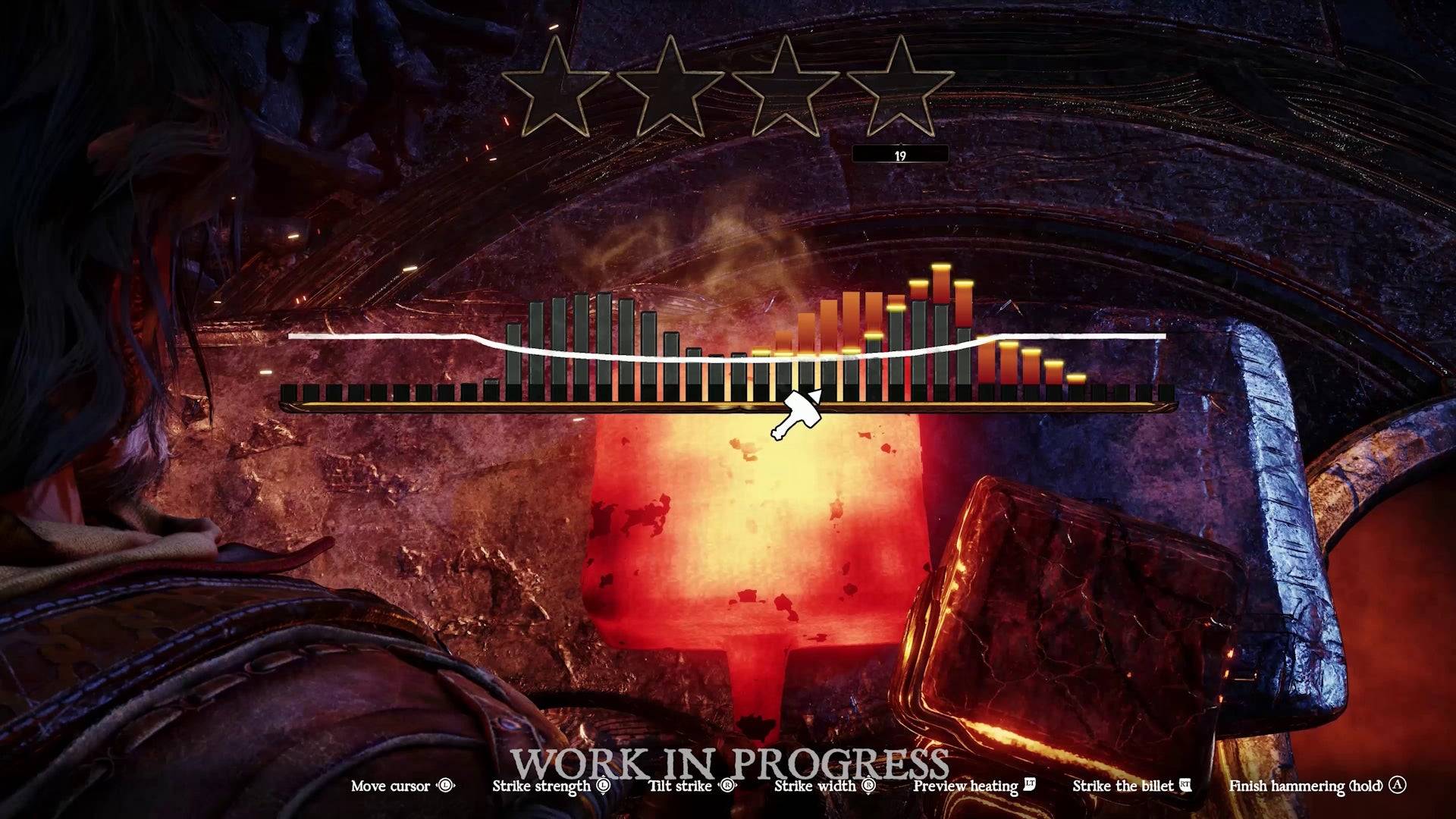 The forging minigame is a great idea that feels a little too obtuse. | Image credit: MercurySteam / 505 Games
The forging minigame is a great idea that feels a little too obtuse. | Image credit: MercurySteam / 505 Games
While the forge introduces a unique skill element to crafting, I found the minigame somewhat frustrating due to unclear feedback between strikes and metal shaping. Improved tutorials or adjustments could enhance this intriguing feature.
MercurySteam's vision for Blades of Fire extends beyond the demo, with a planned 60-70 hour journey where you can reforge your weapons as you find new materials, fostering a deep connection with your crafted armaments. The death system adds to this bond; upon defeat, you drop your weapon, which remains in the world for potential recovery, encouraging strategic backtracking.
The influence of Dark Souls and its successors on Blades of Fire is undeniable, partly due to FromSoftware's impact on the genre and partly because the game is a spiritual successor to Blade of Darkness, developed by MercurySteam's founders. Yet, Blades of Fire transcends its influences, integrating these elements into a broader tapestry of ideas that sets it apart.
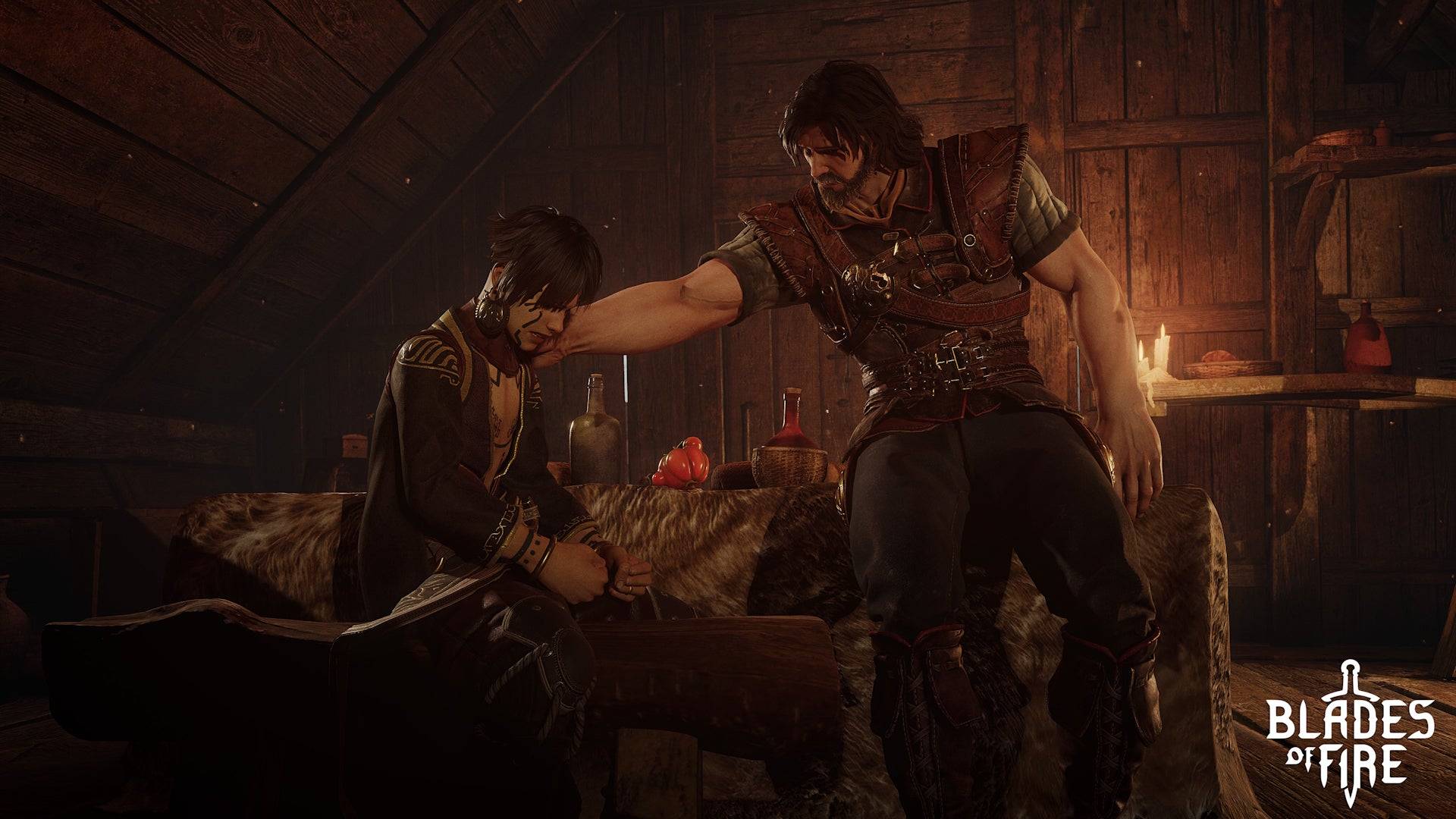 Aran is joined by his young companion, Adso, who can help solve puzzles and comment on the world's lore. | Image credit: MercurySteam / 505 Games
Aran is joined by his young companion, Adso, who can help solve puzzles and comment on the world's lore. | Image credit: MercurySteam / 505 Games
Despite some reservations about the game's generic dark fantasy setting and potential lack of enemy variety, the intricate relationship between your forged weapons and the challenges you face has captured my interest. In an era where complex games like Elden Ring and Monster Hunter have found mainstream success, Blades of Fire has the potential to offer something truly fascinating to the gaming landscape.
Blades of Fire Screenshots
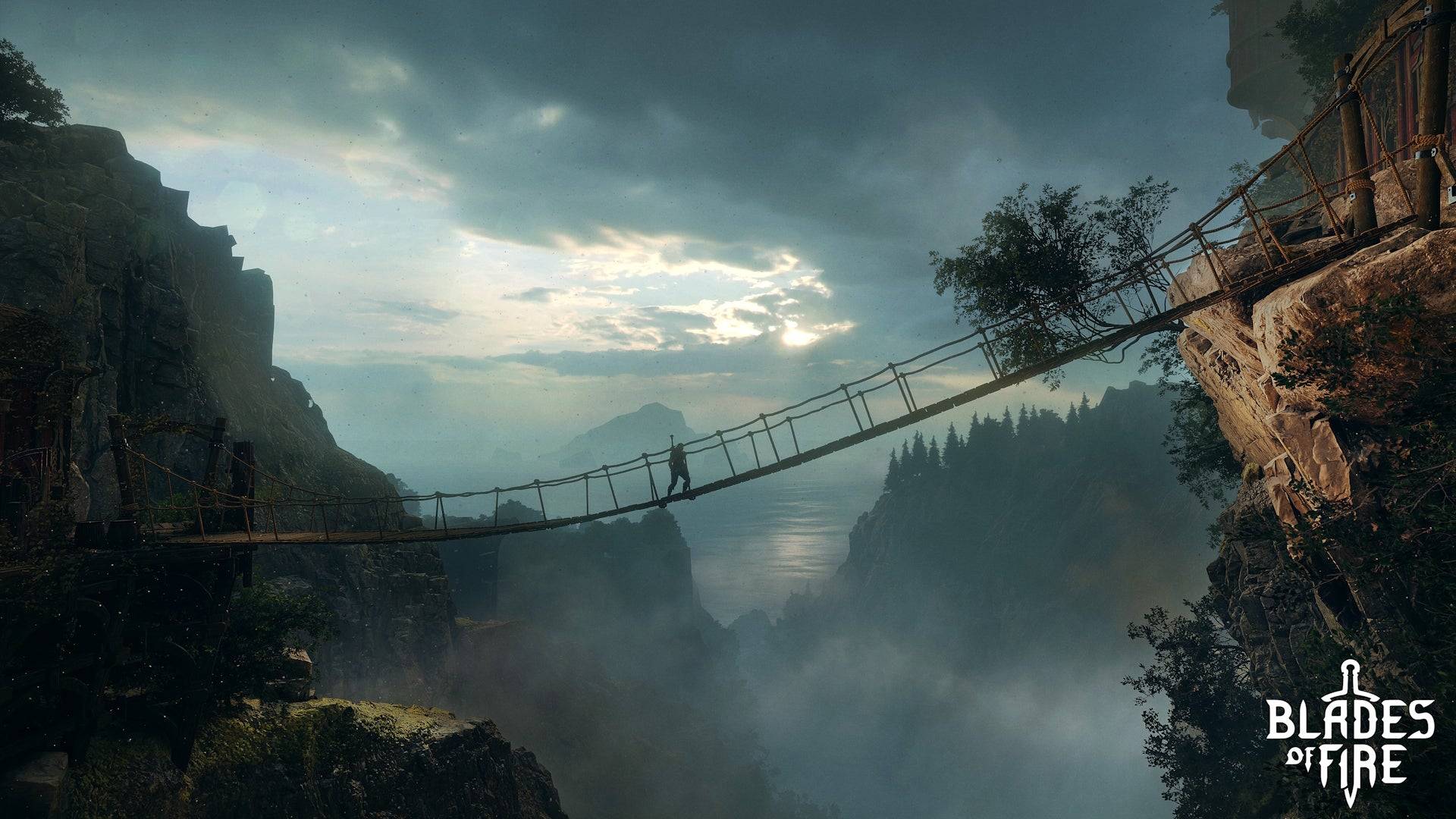
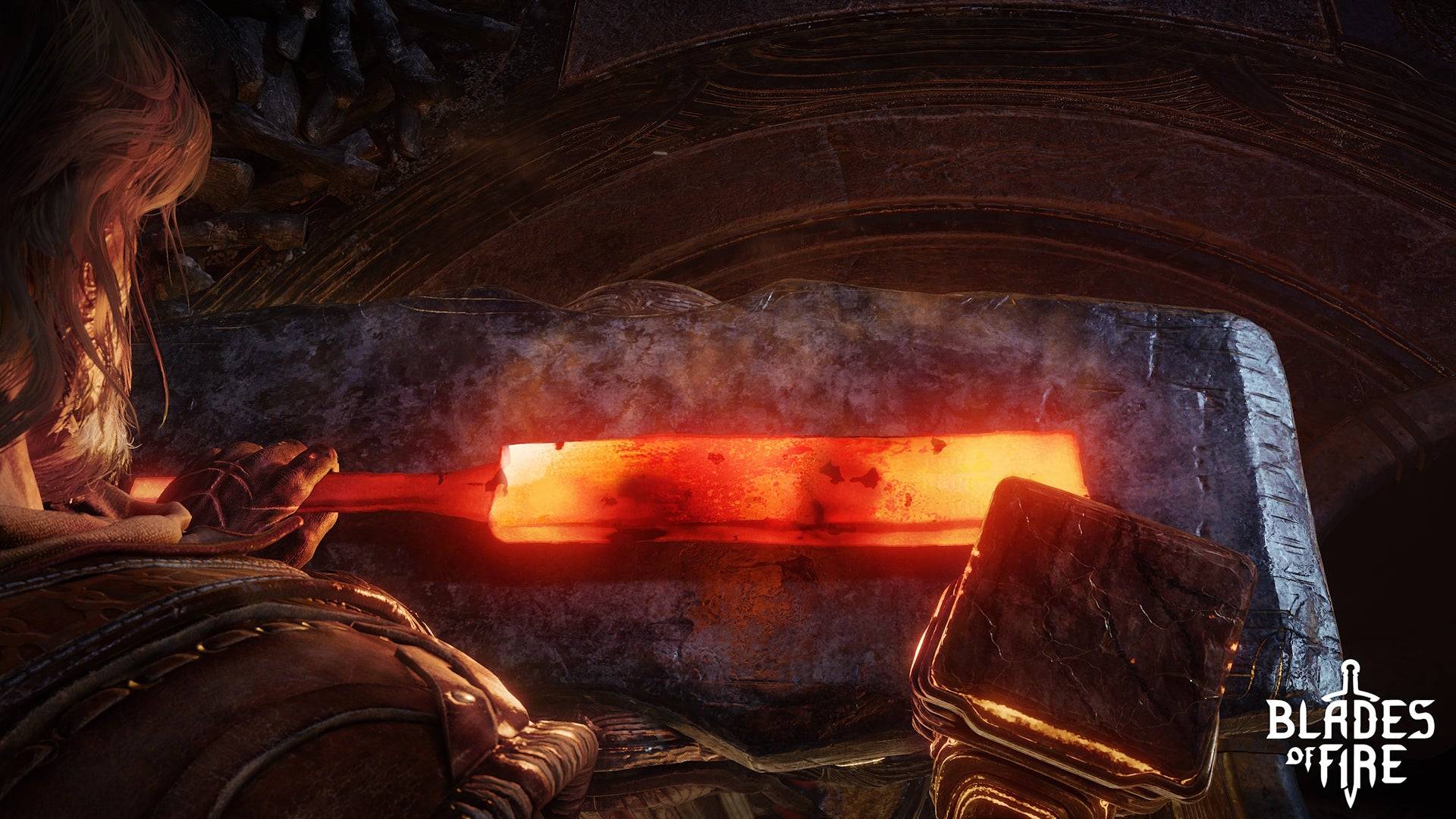 9 Images
9 Images